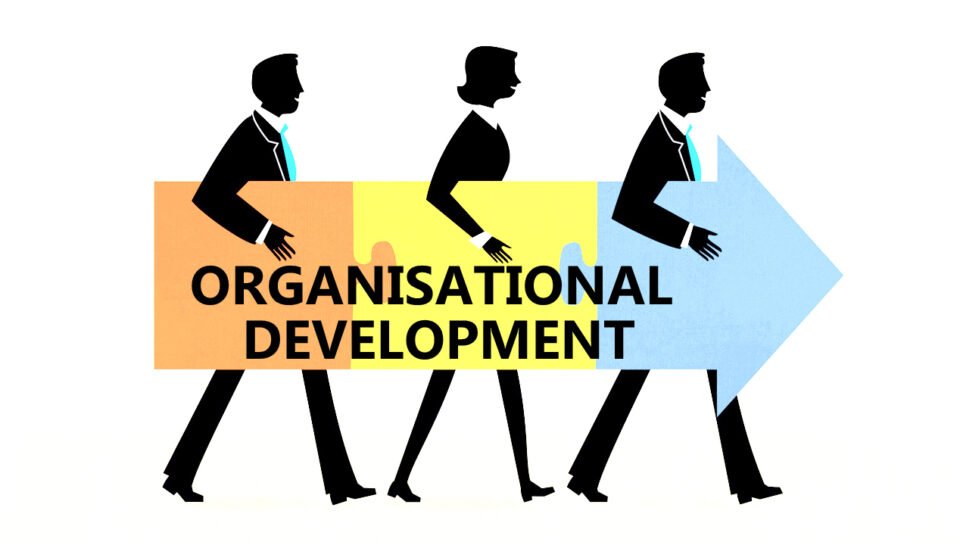How Values-Based Organizational Development Drives Lasting Change

In today’s rapidly evolving business world, organizations are pressured to adapt, innovate, and remain competitive while keeping their employees engaged and aligned. Traditional models of organizational development often focus heavily on systems, processes, and short-term performance metrics. While these are undeniably important, they rarely lead to deep, lasting transformation. What’s missing? A foundation rooted in values.
Values-based organizational development is emerging as a more sustainable and human-centered approach to building resilient, high-performing workplaces. Rather than focusing solely on profits or productivity, it prioritizes the beliefs and principles that guide how a company operates. When those values are clearly defined and actively lived, they become the anchor for every decision, behavior, and strategy within the organization.
What Is Values-Based Organizational Development?
Values-based organizational development (VBOD) refers to the process of growing and improving an organization by aligning its culture, structure, and practices with its core values. It’s about ensuring that the “why” behind actions is just as important as the “what” and “how.” This approach nurtures authenticity, accountability, and purpose across all levels of the company.
In contrast to models driven purely by policy or compliance, VBOD starts with identifying the core values that truly reflect the organization’s identity. These are not aspirational phrases crafted for marketing brochures, but deeply held beliefs that influence behaviour, relationships, and leadership decisions.
Why Core Values Matter
At the heart of every high-functioning organization lies a clear set of shared values. These values serve as the ethical compass that guides daily interactions, goal setting, hiring practices, and even customer engagement. When organizations ignore or misalign with their stated values, they risk disengagement, high turnover, and internal conflict.
Companies that embrace values-based development benefit from a strong culture where employees feel connected to something larger than their roles. This sense of purpose often translates into greater motivation, improved collaboration, and better problem-solving across teams.
Moreover, in times of uncertainty or change, values act as a stabilizing force. While strategies or technologies may evolve, values provide consistency and clarity. They allow leaders and employees to make decisions with confidence, even in unfamiliar or challenging circumstances.
How Values Create Organizational Alignment
Values are not just abstract ideas—they shape how work gets done. In a values-driven organization, alignment is more than just strategic goals on a whiteboard. It means that people’s behaviors, team dynamics, and organizational policies are all guided by the same core beliefs.
For example, if “integrity” is a core value, the organization will prioritize transparency in decision-making, encourage open communication, and avoid shortcuts even under pressure. If “collaboration” is central, departments will break down silos, encourage cross-functional teams, and reward cooperative behavior.
This level of alignment creates trust—both internally among employees and externally with clients, stakeholders, and partners. Trust, in turn, is the foundation of high-performance cultures.
Implementing a Values-Based Approach
Shifting to a values-based model doesn’t happen overnight. It requires deliberate effort and a genuine commitment from leadership. Here are a few essential steps in the implementation process:
- Identify True Core Values
Start by engaging employees at all levels to define the values that truly reflect the organization’s identity. Avoid vague terms like “excellence” or “innovation” unless they are clearly understood and practiced internally. The most powerful values are those that are lived, not just listed. - Integrate Values into Everyday Practices
Once values are defined, they must be embedded into daily operations. This includes integrating them into hiring, onboarding, performance evaluations, leadership training, and even client engagement. When employees see values in action, they begin to internalize and embody them. - Lead by Example
Leaders play a critical role in modeling the organization’s values. Their behavior sets the tone and credibility for the rest of the team. When leadership demonstrates alignment between words and actions, it inspires trust and reinforces cultural consistency. - Encourage Open Dialogue
Values-based organizations foster a culture of psychological safety, where people feel empowered to speak up, challenge assumptions, and offer ideas. This kind of open environment supports innovation and continuous improvement—both key drivers of sustainable growth. - Measure and Reflect
Lastly, assess how well the organization is living its values. Use employee feedback, engagement surveys, and leadership assessments to identify gaps and opportunities for improvement. This regular reflection ensures that values remain relevant and active over time.
The Long-Term Impact of Values-Based Development
When organizations align with their values at every level, change becomes less about disruption and more about evolution. Employees feel a stronger sense of ownership, decision-making becomes more consistent, and the organization builds a reputation for authenticity and trust.
Values-based development doesn’t just lead to better culture—it leads to better performance. Research consistently shows that companies with strong values enjoy higher employee engagement, better customer satisfaction, and greater resilience during economic or organizational shifts.
In a time when the business landscape is constantly shifting, values offer something rare and powerful: clarity, consistency, and connection.
Final Thoughts
Values-based organizational development isn’t just a philosophy—it’s a practical, proven approach to creating cultures that thrive. When organizations commit to developing from the inside out, anchored in purpose and principle, they unlock the true potential of their people and create lasting, meaningful change.
The most successful transformations don’t start with new systems or structures. They start with values. And when those values are clear, authentic, and shared—lasting change becomes not only possible but inevitable.










